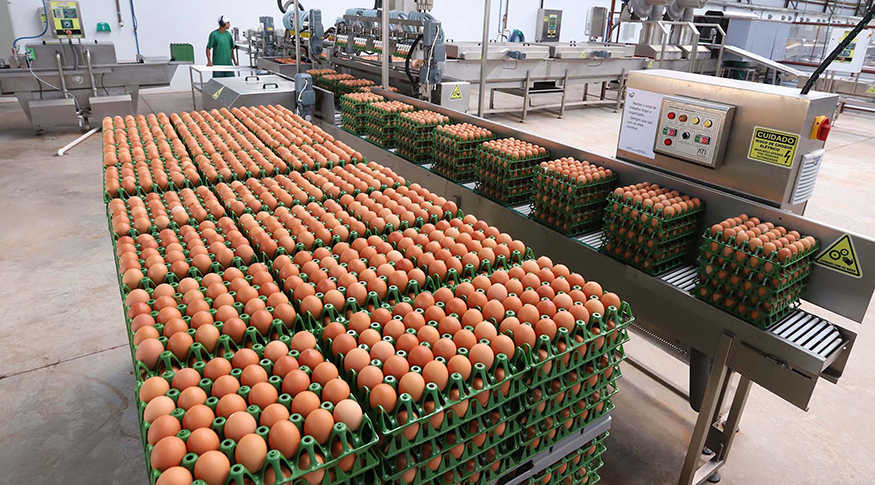Livestock production
After rise of meat prices, egg production reaches highest figure in 33 years
December 10, 2020 09h00 AM | Last Updated: December 11, 2020 02h20 AM

Production of hen eggs reached 1.01 billion dozen in Q3 this year. That is the highest figure in the time series that started in 1987. Increases were recorded against Q3 2019 (3.8%) and Q2 2020 (3.6%). Data comes from Quarterly Surveys of Livestock Production, released today (10) by the IBGE.
According to Bernardo Viscardi, supervisor of the survey, increase in egg production reflects a change in the consumption of families. “Rise in the prices of meat, recorded throughout Q3, tends to foster consumption of hen eggs, since that is a more accessible type of protein,” says Mr. Viscardi, as he adds that the production peak took place in August, when 338.76 million dozen were counted.
Among herds, slaughter of chickens reached 1.51 billion head in Q3, with an increase of 2.8% against the same period in 2019 and of 7.0% from Q2 2020. In terms of monthly results, the month of July was the best in the entire time series initiated in 1997.
“Bigger household demand for more accessible types of protein was also an incentive to slaughter of chickens, which was close to the record level Q1 2020, a period when the effects of the Covid-19 pandemic were still incipient. The three states in the South Region lead the sector: Paraná, with 32.9% of national participation, followed by Rio Grande Sul (14.0%) and Santa Catarina (13.5%),” says Mr. Viscardi.
Slaughter of hogs and pigs also increased and reached a new record of 12.71 million head in Q3 2020, which means increases of 8.1% in comparison with the same period in 2019 and of 4.5% against the 2nd quarter of 2020. That is the highest result in the time series, with a highlight for the months of July and August, which registered the biggest levels of activity.
““The coldest month in the year, usually coincide with the increase of slaughter, stimulated by the increase of domestic consumption. In addition to that, the record performance of exports of meat in the period also contributed to results of the sector,” says the IBGE analyst.
On the other hand, cattle slaughter remained on a downward trend in Q3. Slaughter was of 7.69 million head, an amount 9.5% below that of Q3 2019, but 4.6% above the figure in Q2 2020. That was the lowest result for a Q3 since 2016. In the monthly comparison, August had the biggest decrease against 2019, with a decrease by 12.4% in slaughtered head.
“Decrease in cattle slaughter has been observed since the beginning of the year, mainly due to the limited offer of females by livestock producers. Despite the fall of the activity in the annual comparison, in the months of July and August there were record results for exports of beef, despite the smaller domestic production,” Bernardo Viscardi adds.
Acquisition of milk reached 6.45 billion liters, the biggest volume in the series
Acquisition of raw milk also hit a record, with 6.45 billion liters collected in Q3. In August alone 2.18 billion liters of milk were acquired. The result represents an increase of 2.6% against Q3 2019, and an increase of 10.7% from Q2 2020. That is the highest volume since 1997, start of the time series.
“That shows recovery from the social distancing period, when food away from home was limited because of the Covid-19 pandemic. Consumption of cheese and other dairy products, which make this market more active, is strongly related to food away from home,” Mr. Viscardi explains.
Tanneries, on the contrary, reported having received 8.19 million rawhide pieces, with a decrease of 4.6% against the amount acquired in Q3 2019 and an increase of 11.9% from Q2 2020. July was the month with biggest acquisition, when 2.84 million pieces were acquired. It is Worth mentioning that the Quarterly Survey of Leather investigates only tanneries that treat at least 5 thousand whole pieces of rawhide per year.
“The performance of leather follows cattle slaughter. Social distancing has affected leather exports, since the product had also had its value reduced due to competition with synthetic fiber,” the analyst concludes.




















